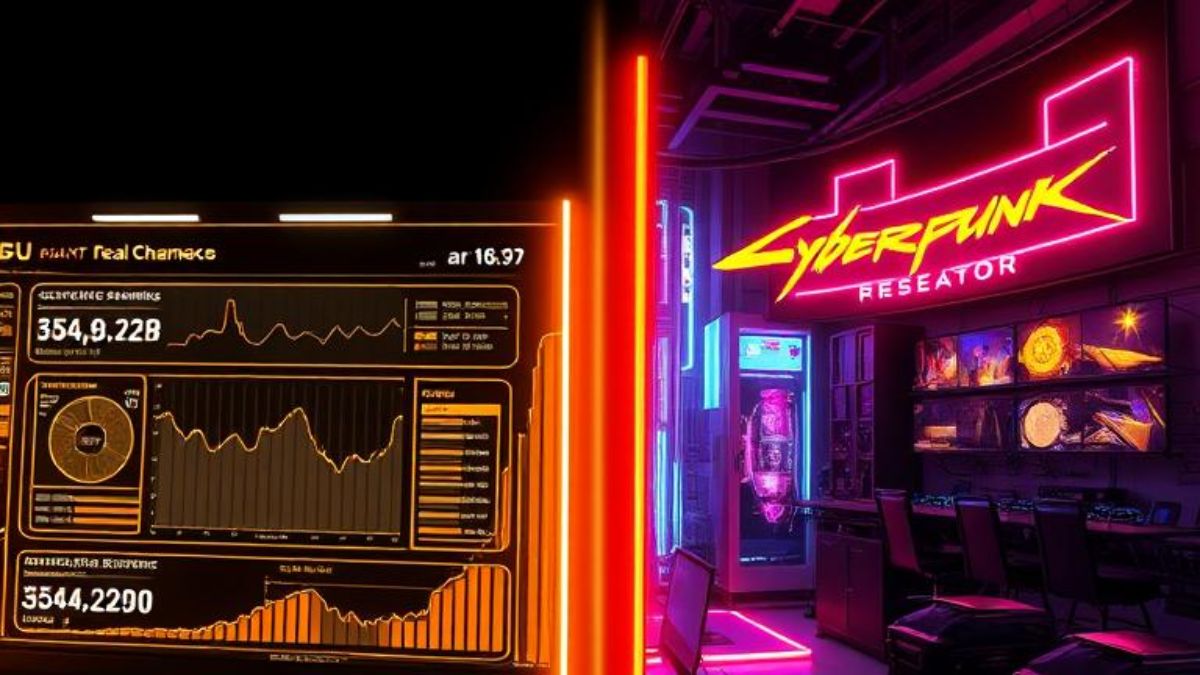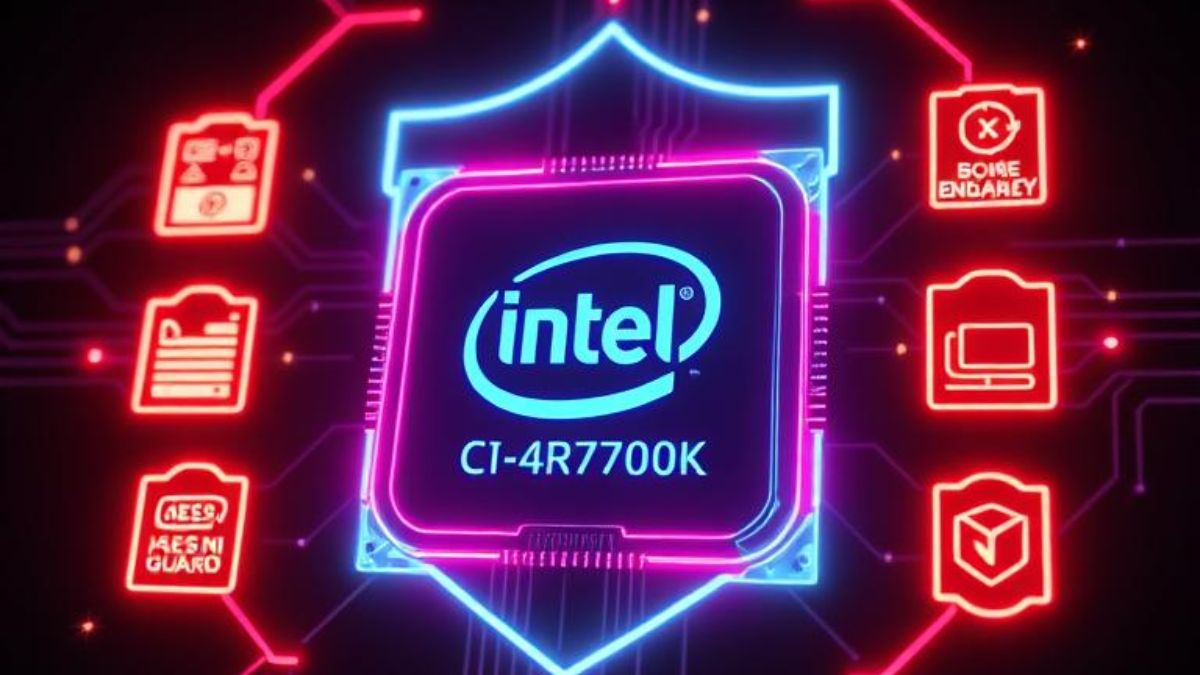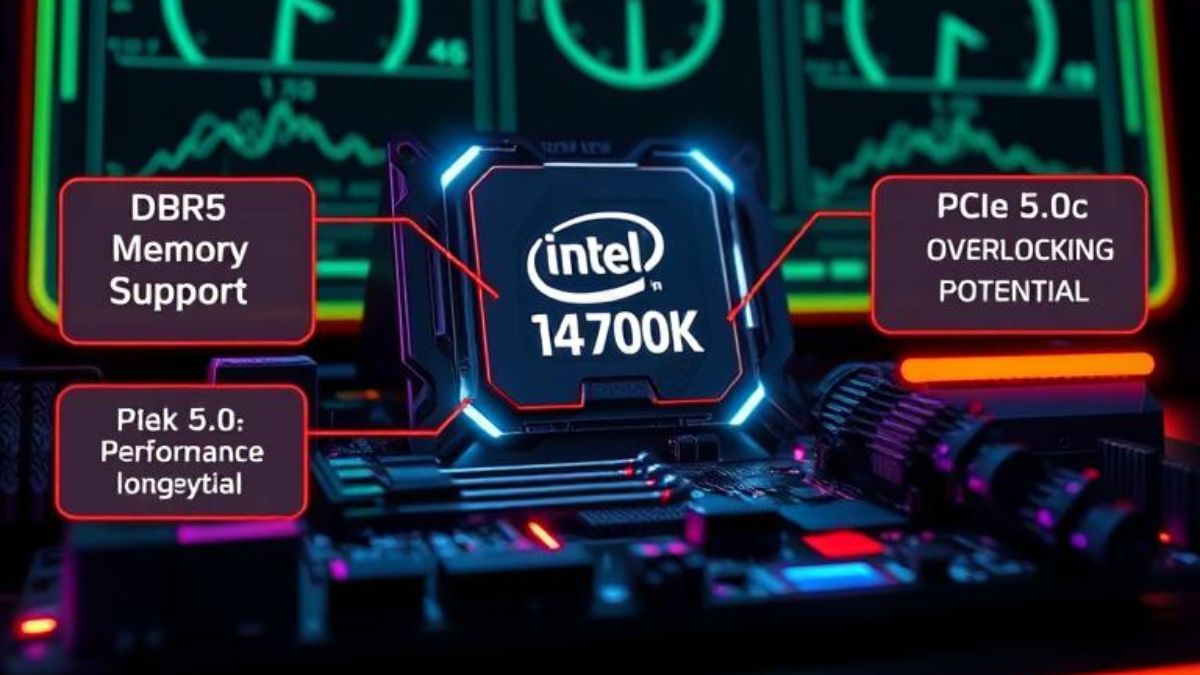In 2025, Intel Core i7 processors have revolutionized computing with unprecedented performance capabilities. Did you know the latest i7-14700K can handle an impressive 28 simultaneous threads while reaching speeds up to 5.6 GHz? Whether you’re a content creator rendering complex 3D models or a gamer demanding peak performance, understanding these processors’ capabilities is crucial for making an informed decision.
Core Architecture and Performance Specifications
The evolution of Intel’s Core i7 processors represents a significant leap in computing architecture. At the heart of this advancement is the innovative hybrid design, combining high-performance and efficient cores to optimize power and performance. The latest i7-14700K showcases this perfectly with its sophisticated mix of cores, enhanced cache system, and improved power management capabilities.
Core Configuration and Threading
- 20 total cores (8 P-cores + 12 E-cores)
- 28 threads for enhanced multitasking
- Performance cores optimized for high-priority tasks
- Efficient cores designed for background processes
| Cache Type | i7-14700K | i7-12700K |
|---|---|---|
| L1 Cache | 80KB per core | 80KB per core |
| L2 Cache | 28MB total | 12MB total |
| L3 Cache | 33MB shared | 25MB shared |
Also Read: NVIDIA RTX 4070 Ti Super Review 2025: Your Complete Guide
Performance Benchmarks and Real-world Applications

In real-world scenarios, the Core i7-14700K demonstrates significant improvements over its predecessor, the i7-12700K. With approximately 35% better multi-threaded performance and enhanced single-core capabilities, these processors excel in professional workloads and gaming applications.
Gaming Performance
- Up to 15% higher FPS in modern titles
- Improved 1% low framerates for smoother gameplay
- Enhanced ray tracing support
- Better performance while streaming
Content Creation
- 35% faster video rendering compared to previous-gen
- Improved parallel processing capabilities
- Enhanced AI workload performance
- Better multitasking during resource-intensive tasks
| Workload Type | Improvement |
|---|---|
| Multi-thread Performance | +35% |
| Single-thread Speed | +12% |
| Gaming Performance | +15% |
| Content Creation | +28% |
Cache and Memory Architecture
The cache system in modern Core i7 processors plays a crucial role in overall system performance. The i7-14700K features a sophisticated three-level cache architecture, significantly improving L2 and L3 cache sizes compared to previous generations.
Cache Architecture Details
- L1 Cache: 80KB per core for immediate data access
- L2 Cache: 28MB total (increased from 12MB)
- L3 Cache: 33MB shared (improved from 25MB)
- Smart Cache Technology for dynamic resource allocation
Security Features and Protection Mechanisms

In 2025’s increasingly complex cybersecurity landscape, Intel’s Core i7 processors incorporate comprehensive hardware-based security features. These processors provide multiple layers of protection, from boot-time security to runtime threat prevention.
Intel Security Technologies
- Trusted Execution Technology (TXT)
- Platform-level security enhancements
- Verified launch environment
- Protected execution spaces
- Hardware-Based Protection
- Advanced Encryption Standard New Instructions (AES-NI)
- Boot Guard Technology
- Software Guard Extensions (SGX)
- Trust Domain Extensions (TDX)
| Security Feature | Function | Benefit |
|---|---|---|
| SMEP/SMAP | Prevents malicious code execution | Enhanced kernel protection |
| MPX | Memory bounds checking | Buffer overflow prevention |
| SGX | Secure enclaves | Isolated code execution |
| Boot Guard | Secure boot process | Firmware protection |
Also Read: Nvidia RTX 4060 vs 4060 Ti: Complete Comparison Guide (2025)
Integrated Graphics Capabilities and Performance
The integrated graphics solution in Core i7 processors has evolved significantly, offering improved performance for basic gaming and content creation tasks. While dedicated GPUs remain essential for demanding graphics workloads, the integrated UHD Graphics provide reliable performance for everyday computing tasks and casual gaming scenarios.
Graphics Performance Characteristics
- Basic Gaming Capabilities
- Suitable for esports titles in medium settings
- Support for DirectX 12 Ultimate
- Hardware-accelerated video encoding/decoding
- Enhanced media processing
- Resource Sharing Impact
- Shared system memory utilization
- Dynamic power allocation
- Automatic performance scaling
- Resource optimization technology
| Feature | Performance Level |
|---|---|
| 4K Video Playback | Excellent |
| Casual Gaming | Good |
| Multi-Display Support | Up to 4 displays |
| Content Creation | Moderate |
Future-Proofing and Upgrade Considerations

When considering an Intel Core i7 processor in 2025, understanding its upgrade potential and long-term value is crucial. The i7-14700K represents a significant investment in computing power, offering headroom for future software demands and emerging technologies.
Long-term Value Considerations
- Platform Longevity
- Socket compatibility
- DDR5 memory support
- PCIe 5.0 capabilities
- Future software optimization
- Performance Scalability
- Overclocking potential
- Thermal management capabilities
- Power delivery requirements
- Upgrade path options
Wrapping Up
The Intel Core i7 processor lineup, particularly the i7-14700K, represents a significant achievement in balanced computing performance for 2025. Its hybrid architecture, combining 20 cores and 28 threads, enhanced security features, and improved integrated graphics, offers exceptional value for professional users and enthusiasts. The substantial improvements in cache architecture, with 33MB L3 and 28MB L2 cache, alongside robust security features like Intel TXT and SGX, make it a compelling choice for future-proof computing solutions.
Frequently Asked Questions
1. Is Intel Core i7 processor good?
Yes, i7 chips are very good. They work great for big tasks like playing games, making videos, and doing many things at once. If you need a strong computer that can handle tough jobs, an i7 is a good choice.
2. Can Intel Core i7 run Windows 11?
Yes, i7 chips can run Windows 11 very well. They are much stronger than what Windows 11 needs to work properly.
3. Is Intel Core i7 better than i5?
Usually yes, but it depends on what you need:
- i5: Works well for most people and costs less.
- i7: Has more processing power and can do more things at once. It’s better for big tasks like making videos or running many programs.
If you need to run lots of programs at once or work with videos and photos, get an i7. If you just do normal computer tasks, an i5 might be enough.
4. Is i7 faster than i3?
Yes, much faster:
- i3: Has fewer cores (usually two main parts) and runs slower than an i7.
- i7: Has more cores (usually four or more parts) and runs much faster.
An i3 works fine for simple things like checking email or writing documents. But if you want to play games or do big jobs like video editing, an i7 is much better because it’s a lot faster.
